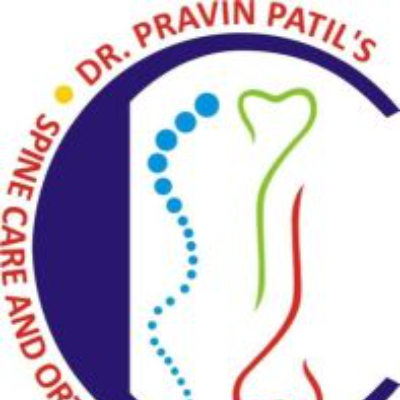+918048053745

This is your website preview.
Currently it only shows your basic business info. Start adding relevant business details such as description, images and products or services to gain your customers attention by using Boost 360 android app / iOS App / web portal.
Spine Surgery - Microdisectomy, decompression, instrumentation, TLIF, ACDF
Description
Spine surgery is a significant medical procedure often considered when conservative treatments for back pain have failed or when there is an urgent medical condition requiring intervention. Here’s an overview of common types of spine surgeries, their indications, and what to expect: ### Common Types of Spine Surgeries: 1. *Discectomy*: Removal of a herniated disc that is pressing on a nerve root or the spinal cord. 2. *Laminectomy*: Removal of part of the vertebra (the lamina) to relieve pressure on the spinal cord or nerves. 3. *Spinal Fusion*: Joining two or more vertebrae together to provide stability. Often used for conditions like degenerative disc disease, scoliosis, or spinal instability. 4. *Foraminotomy*: Enlargement of the space where nerve roots exit the spine to relieve pressure. 5. *Disc Replacement*: Replacing a damaged spinal disc with an artificial one to maintain motion in the spine. 6. *Kyphoplasty/Vertebroplasty*: Minimally invasive procedures to treat compression fractures of the vertebrae, often due to osteoporosis. ### Indications for Spine Surgery: - *Herniated Discs*: Causing significant pain, numbness, or weakness that doesn’t respond to conservative treatments. - *Spinal Stenosis*: Narrowing of the spinal canal causing nerve compression. - *Degenerative Disc Disease*: Severe and disabling pain due to the degeneration of the spinal discs. - *Spondylolisthesis*: A condition where one vertebra slips over another, causing pain and instability. - *Fractures*: Spinal fractures due to trauma or osteoporosis. - *Tumors or Infections*: In the spine that require surgical intervention. - *Chronic Pain*: Severe and disabling pain not relieved by other treatments. ### What to Expect: - *Pre-Surgery*: Medical evaluation, imaging tests (MRI, CT scan), and discussions with the surgeon about risks, benefits, and recovery. - *Surgery Day*: Most surgeries require general anesthesia. The duration depends on the type and complexity of the surgery. - *Post-Surgery*: - Hospital stay: Can range from a day for minimally invasive procedures to several days for more extensive surgeries. - Pain management: Use of medications to control post-operative pain. - Physical Therapy: Often recommended to aid recovery and strengthen the back. - Activity Restrictions: Limited activity for a period to allow healing, with gradual return to normal activities. - Follow-Up: Regular check-ups with the surgeon to monitor healing and address any complications. ### Risks and Complications: - *Infection*: At the surgical site. - *Bleeding*: During or after surgery. - *Nerve Damage*: Risk of injury to nerves leading to numbness or weakness. - *Blood Clots*: Risk of deep vein thrombosis (DVT). - *Failure to Relieve Symptoms*: Surgery may not completely relieve pain or may necessitate further surgery. - *Spinal Fluid Leak*: Rare, but possible complication. Spine surgery can significantly improve quality of life for individuals with severe spinal conditions, but it’s essential to have a thorough discussion with your healthcare provider about the potential benefits and risks.

